Pumpkin pie occupies a prominent place in America's culinary heritage. Upon their (re-)introduction to the pumpkin, the New World colonists discovered its versatility in savory dishes, from pies cooked inside pumpkins to pumpkin bread.
And pumpkins are undoubtedly versatile! While it has a bland taste on its own, a pumpkin's orange flesh could easily feature in a variety of sweet, salty, and spicy dishes. Pumpkin pie became so popular with time that it even inspired a spice mix of its own, commonly known as Pumpkin Spice.
Let's dig into pumpkin pie's history and talk about the popular autumn dessert.
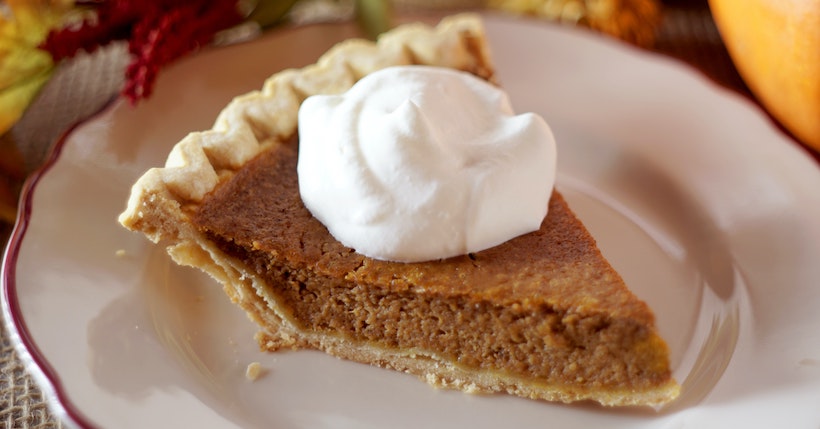
Pumpkin, a gourd native to North America, is one of the oldest domesticated plants, with a cultivation history of over 7,500 years. The Columbian Exchange brought pumpkins to Europe, but American pumpkins remained larger, tastier, and more plentiful than their European counterparts for a long time.
Pumpkin spice is a distinctive mixture of nutmeg, cinnamon, cloves, and ginger – all spices that humans have been using in food and medicine for a long, long time. Archaeologists discovered nutmeg residue on pottery shards in Indonesia dating from about 3,500 years ago!
The ingredients of pumpkin spice traveled to Europe much earlier than pumpkin itself – in the pre-Columbian era. In the 1300s, nutmeg was more valuable in Europe than gold. The spice mix only became inseparably associated with pumpkin pie and the Thanksgiving season in the 20th century when McCormick and other spice companies began packaging the blend and selling it.
Pumpkin pie spice has a fascinating history of its own. (Read that post after this one!)
Back when pumpkins were on their first tour around Europe, baking a pie was a popular way to cook and serve various meats, vegetables, and fruits.
The pie "crust" – much thicker and harder than what we commonly think of today – was multi-functional. Crusts at the time functioned as an all-in-one baking dish, serving dish, and eating utensil. After a pie was cooked, people broke the crust and used bits to scoop out the contents and eat them, after which the crust was usually discarded.
France was a pioneer in pumpkin use, and from there, it traveled to Tudor England. It was only a matter of time before pumpkin ended up between pie crusts. Some famous early pumpkin pie recipes come from 17th century English cookbooks, such as Hannah Woolley's famous The Gentlewoman's Companion, dating from 1675. Woolley's recipe calls for tart apples, raisins, dried currants, and sherry.
Most American cookbooks only picked up on the pumpkin pie trend in the early 19th century.
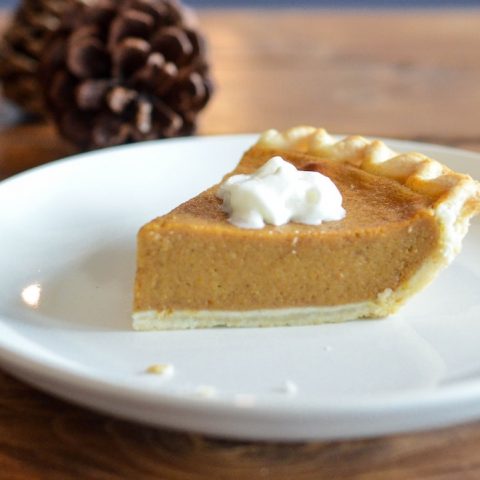
From Hannah Woolley’s The Gentlewoman’s Companion, 1675. You might have made this inside a pumpkin – but a dish will do!
Here's a shot of the first part:
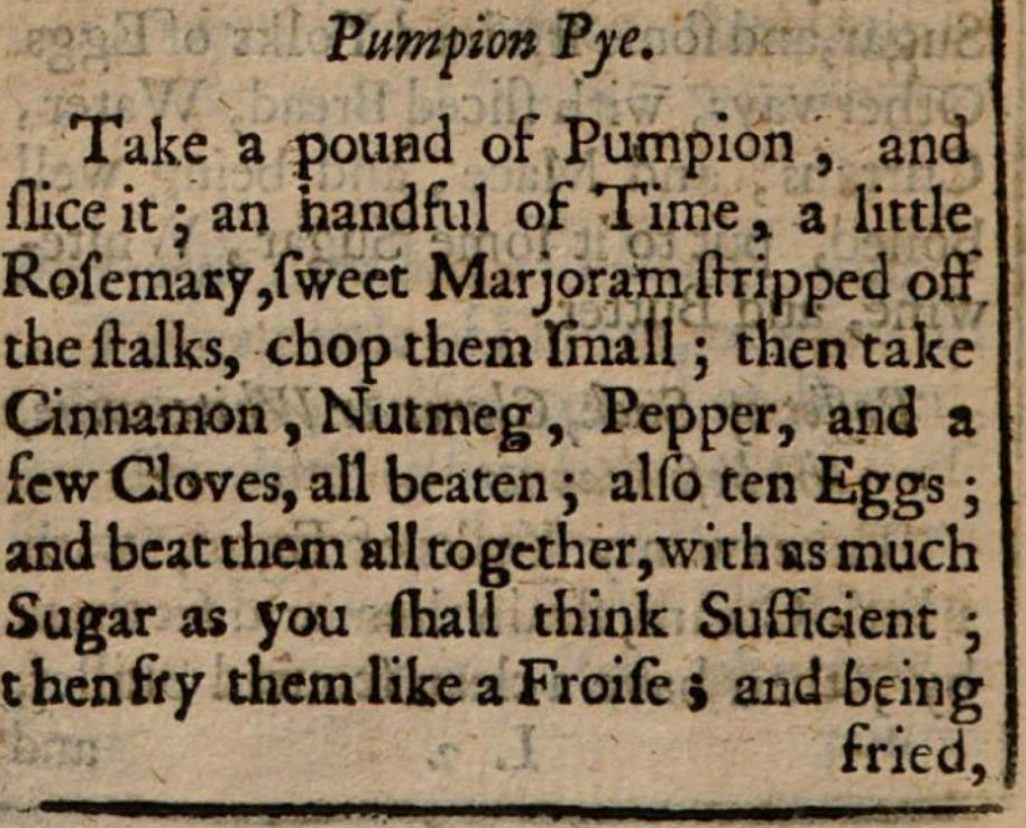
Native American tribes favored winter squash for its hardiness and ease of over-winter storage, and taught the early settlers to grow, store, and cook pumpkin.
However, early Pilgrim pumpkin pie would have looked nothing like the pies that grace American Thanksgiving tables. The first settlers had no access to anything resembling our modern ovens, and commodities like flour and butter were in short supply. The pumpkin pie prototype was a hollowed-out pumpkin filled with a custard-like mixture and baked whole.
Adriaen van der Donck, one of the first landowners in New Netherland (now New York), wrote down extensive observations on squash and pumpkins circa 1655. Among other things, he noted the variety of ways English colonists used to prepare pumpkin: stewing, drying, making pumpkin ale, and – of course – making pumpkin pie.
Over time the pumpkin pie and its variants have evolved. The first semi-modern variation of a "pompkin pudding" recipe appears in American Cookery by Angela Simmons, dating to 1796 (and notable for being the first original American cookbook).
Amelia Simmons' recipe is something a modern pie-maker would find somewhat familiar: the pie was baked in a crust, and the filling was made from stewed, strained pumpkin, eggs, sugar, and milk or cream. Nutmeg, cinnamon, ginger, and cloves added the flavor characteristic of pumpkin pies to this day.
As the pages of history turned towards the abolition movement and the Civil War, pumpkin pie played a role.
The famous abolitionist Sarah Josepha Hale, also known as a champion of Thanksgiving as an American national holiday, featured pumpkin pie in her book Northwood, an anti-slavery novel published in 1827. Lydia Maria Child, another well-known figure in the abolition movement, mentioned pumpkin pie in her New England Thanksgiving poem from 1842.
It is no wonder, therefore, that the Southern states mounted an opposition to the pumpkin pie and Thanksgiving, but to no avail – in 1863, Abraham Lincoln established Thanksgiving as a national holiday, and the pumpkin pie tradition was cemented in America's national history.
And what were the pies of the time like?
Eliza Leslie's pumpkin pie recipe, dated from 1827, lists ingredients such as stewed pumpkin, eggs, butter, powdered sugar, wine or brandy, rosewater, and a mixture of nutmeg, mace, and cinnamon. With the exception of rosewater, all of these components are still commonly used in pumpkin pies today – although variants abound (consider this pecan and pumpkin pie hybrid!).
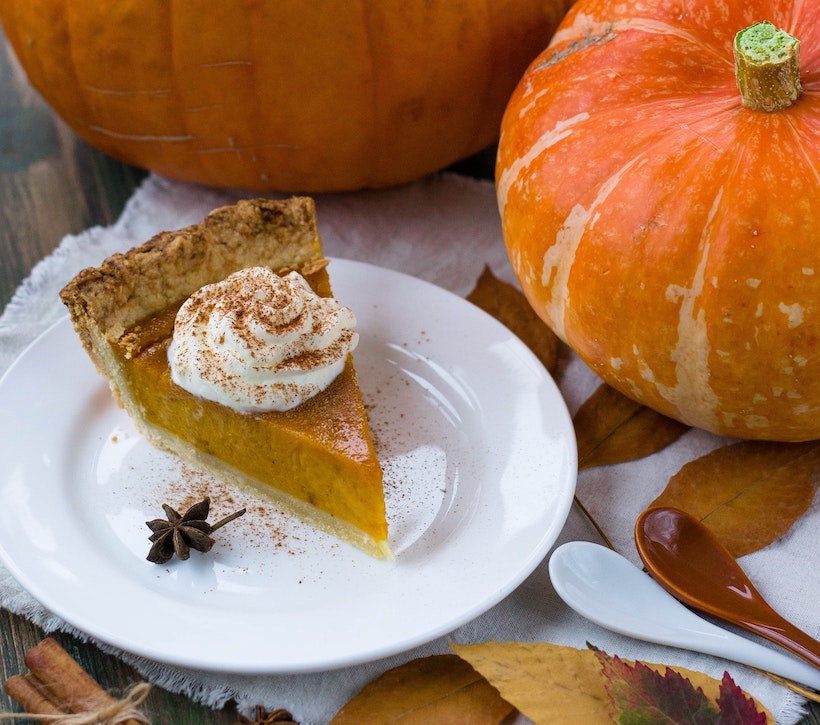
By the end of the 19th century, a game-changing factor entered the cooking scene: industrial canning. Homemakers no longer needed to spend long hours in sweltering kitchens, stewing and canning produce once they could buy an off-the-shelf pumpkin pie mix. Industrial canning was hailed for its convenience and safety, and by the 1920s, canned pumpkin was a staple in American kitchens.
E. Sears Canning, based in Circleville, Ohio, became one of the first giant pumpkin canning factories. Every fall, an impressive procession of pumpkin-laden farmer wagons would transport the produce to the factory, where it would be processed and canned.
The pumpkin's local prominence eventually led to the "Pumpkin Show" exhibition, which still takes place every year under the name of the Circleville Pumpkin Festival (even though E. Sears Canning shut down following the Second World War).
The Pumpkin Festival hosts contests for the most massive pumpkin and pumpkin pie and even a Miss Pumpkin Show Queen competition.
As food industrialization progressed, factory-made pies began to appear on American tables more and more frequently. By the end of the 19th century, large bakeries started to supply pies to hotels, restaurants, smaller-scale bakeries, and private consumers.
Then – as now – pumpkin pies were a seasonal product. In September, newspapers would announce that pumpkin pie sales had begun.
With the advent of supermarket chains, factory pies and ready-to-use baking mixes for consistent results became even more readily available. Importantly, in 1934, McCormick launched its Pumpkin Pie Spice blend, which remains popular to this day. Several other companies competed for this slice of the market, but McCormick's has stood the test of time.
In all their variations, pumpkin pie spice mixes usually combine nutmeg, ginger, mace, cloves, cinnamon, and allspice.
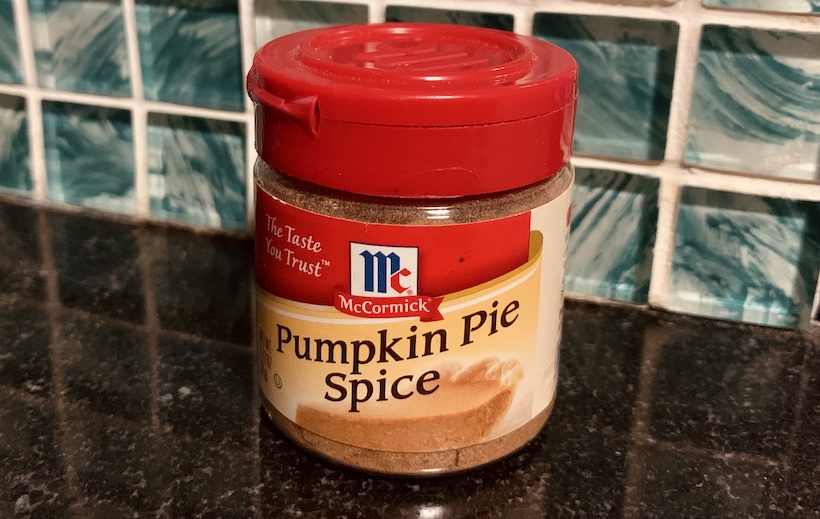
By the time the 1960s rolled in, American consumers could buy canned pie mix, bakery pies, and ready-to-eat frozen pumpkin pies. Frozen pies soon became popular thanks to their convenience and affordable prices.
However, even with the rapid spread of convenience foods, some people always persisted in baking their pumpkin pies from scratch.
Like with the artisan bread movement, the popularity of recipes that call for fresh pumpkin and homemade crust is evidence that home baking is not going away. In fact, it may be experiencing a renaissance.
Culinary trends come and go, but pumpkin pie remains one of the most popular Thanksgiving choices and a beloved American cuisine staple. Over a billion pumpkins are grown in the United States each year, and Americans consume over 50 million pumpkin pies on Thanksgiving alone.
The smell of sweet and spicy pumpkin pie has inspired the birth of seasonal products such as the popular Starbucks's Pumpkin Spice Latte, and even non-edibles such as pumpkin spice candles and soap.
And as for size? The largest pumpkin pie in the world was baked in New Bremen, Ohio, on September 25, 2010, as part of the annual New Bremen Pumpkinfest. This humongous pie's ingredients included 1,212 pounds of canned pumpkin, 2,796 eggs, 109 gallons of evaporated milk, 525 lb of sugar, and 14 1/2 lb of cinnamon. The finished pie reached 20 ft in diameter and weighed almost 3,700 lb.
If you're into the season, chances are you'll be digging into a pumpkin pie at some part this fall. And we're right with you – there's nothing that sets the stage like a well-made pumpkin pie (or, yes, a pre-made one).
As you bite into your next pumpion pie, think about the dish's storied history – oh, and enjoy!